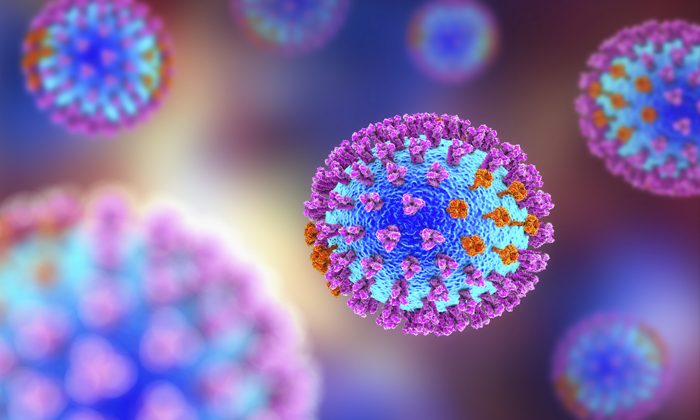Immune cells predict flu symptoms
Posted: 30 August 2023 | Drug Target Review | No comments yet
St. Jude Children’s Research Hospital, in collaboration with ESR Limited, discovered that specific immune cells present in individuals months before a flu infection can better predict symptom development compared to current antibody-based methods.


St. Jude Children’s Research Hospital, in collaboration with ESR Limited, discovered that specific immune cells present in individuals months before a flu infection can better predict symptom development compared to current antibody-based methods. Certain immune cells are linked to increased protection, while others are tied to higher susceptibility to flu symptoms.
Published in Nature Immunology, the study’s co-corresponding author, Dr Richard Webby, noted that this research addresses the age-old question of why some people get sick from infections while others don’t. By analysing immune parameters from a single blood draw, the researchers identified correlations between diverse immune cell populations and protection from or vulnerability to flu symptoms.
The researched showed that individuals with a functionally diverse set of immune cells experienced better protection from flu symptoms. Comparison of immune cells in symptomatic and asymptomatic/uninfected individuals revealed distinct profiles, indicating that those without symptoms possessed a more varied and memory-driven immune cell response. Conversely, symptomatic patients exhibited a more uniform set of inflammatory immune cells, suggesting a narrower, short-term response.
The study involved volunteers from the SHIVERS-II study in New Zealand, which tracks a community-based cohort over time. Regular blood draws allowed scientists to characterise immune cells associated with flu symptom protection. Dr Sue Huang, a co-corresponding author, praised the successful collaboration between institutions and participants.
Senior author Dr Paul Thomas emphasised that the study’s insights could guide vaccine design to prioritise immune cell populations that offer the best flu protection. The authors highlighted the importance of understanding immune profiles and tailoring vaccines for different populations based on baseline immune states.
Contrary to common assumptions, the study indicated that the composition of protective or susceptible cell profiles matters less than their overall functional performance. Vaccinated individuals generally displayed increased protective immune cells, while some unvaccinated individuals exhibited immune profiles mimicking the vaccinated group’s protective functions. The study suggests that vaccination remains the best strategy to avoid flu symptoms, potentially informing targeted vaccine campaigns.
The research’s identification of cell types associated with flu protection or susceptibility holds the promise of improving influenza risk prediction. The study’s surprising aspect was the timing—samples taken up to six months before infection still provided strong predictions, offering new avenues for early intervention.
Dr Webby noted that the findings enable the identification of individuals at risk of symptomatic influenza before the virus circulates widely. This breakthrough could revolutionise flu prevention strategies and reduce morbidity. The study’s results underscore the importance of annual flu vaccination in preventing symptoms, as Dr Thomas emphasised.
Related topics
Vaccine, Vaccine development
Related conditions
Influenza
Related organisations
St Jude Children’s Research Hospital







